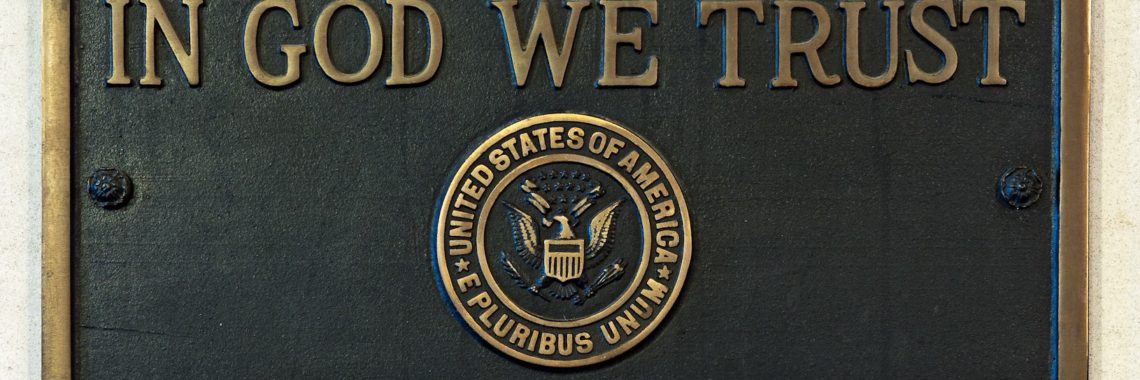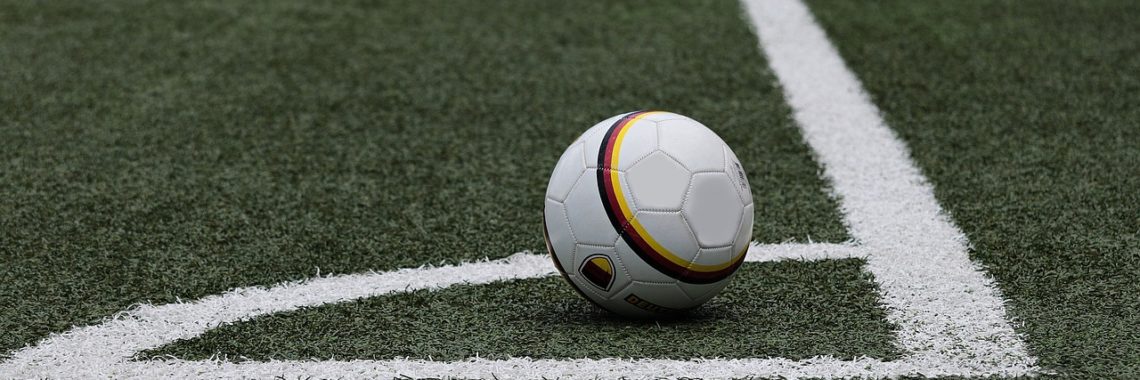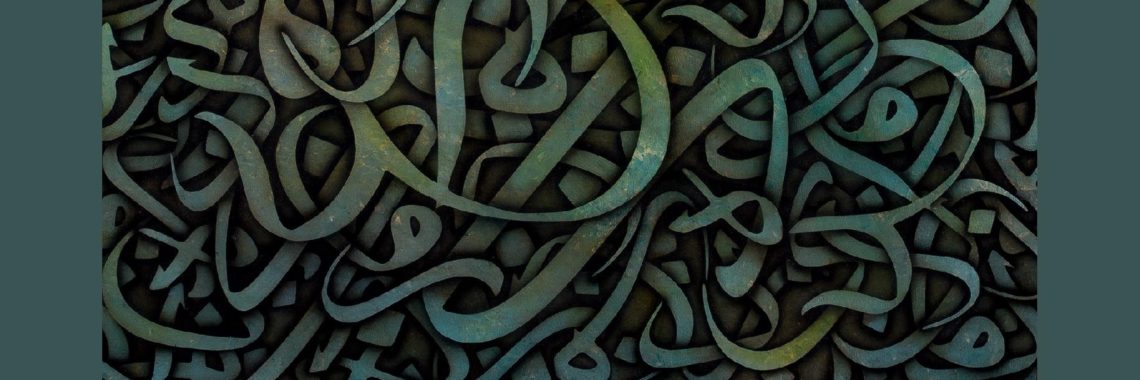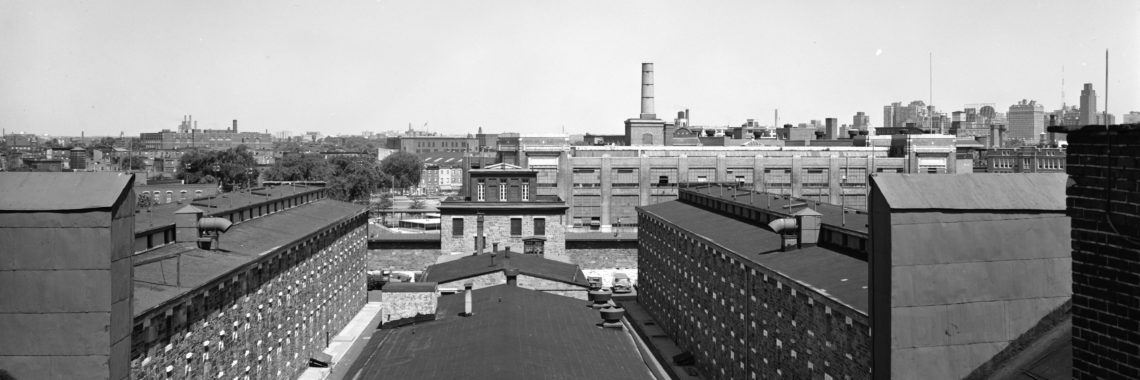“Politics and Religion in Cuba and Nicaragua” by Dennis P. Petri
“Cristo Church, Havana, Cuba” by Roberts & Co., Havana (CC0). The Regulation of Religion in Communist Cuba Religious groups have been viewed with suspicion by the Cuban government for a long time, as they are seen as potential threats to the socialist state. This distrust has led to subtle forms of repression, such as surveillance…











